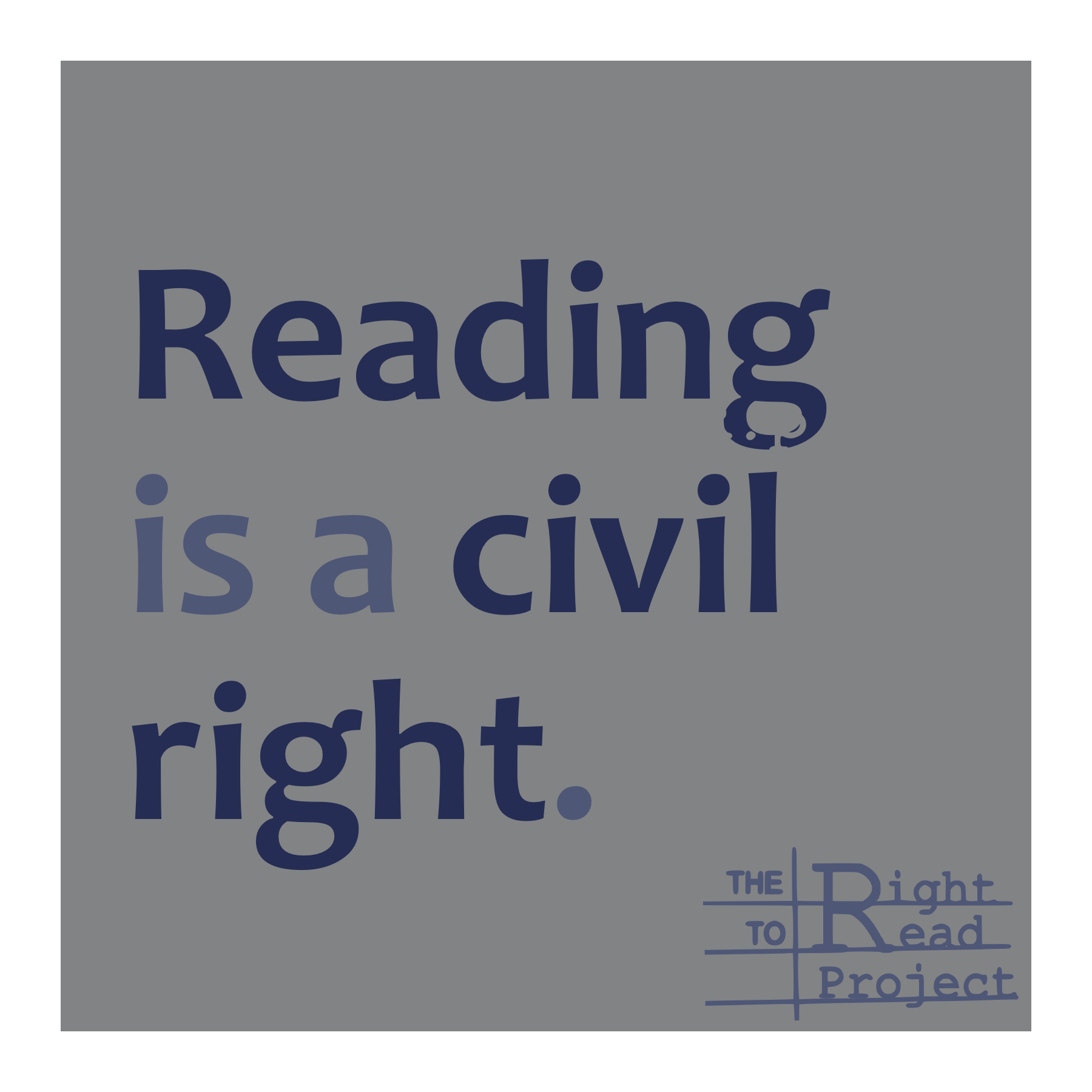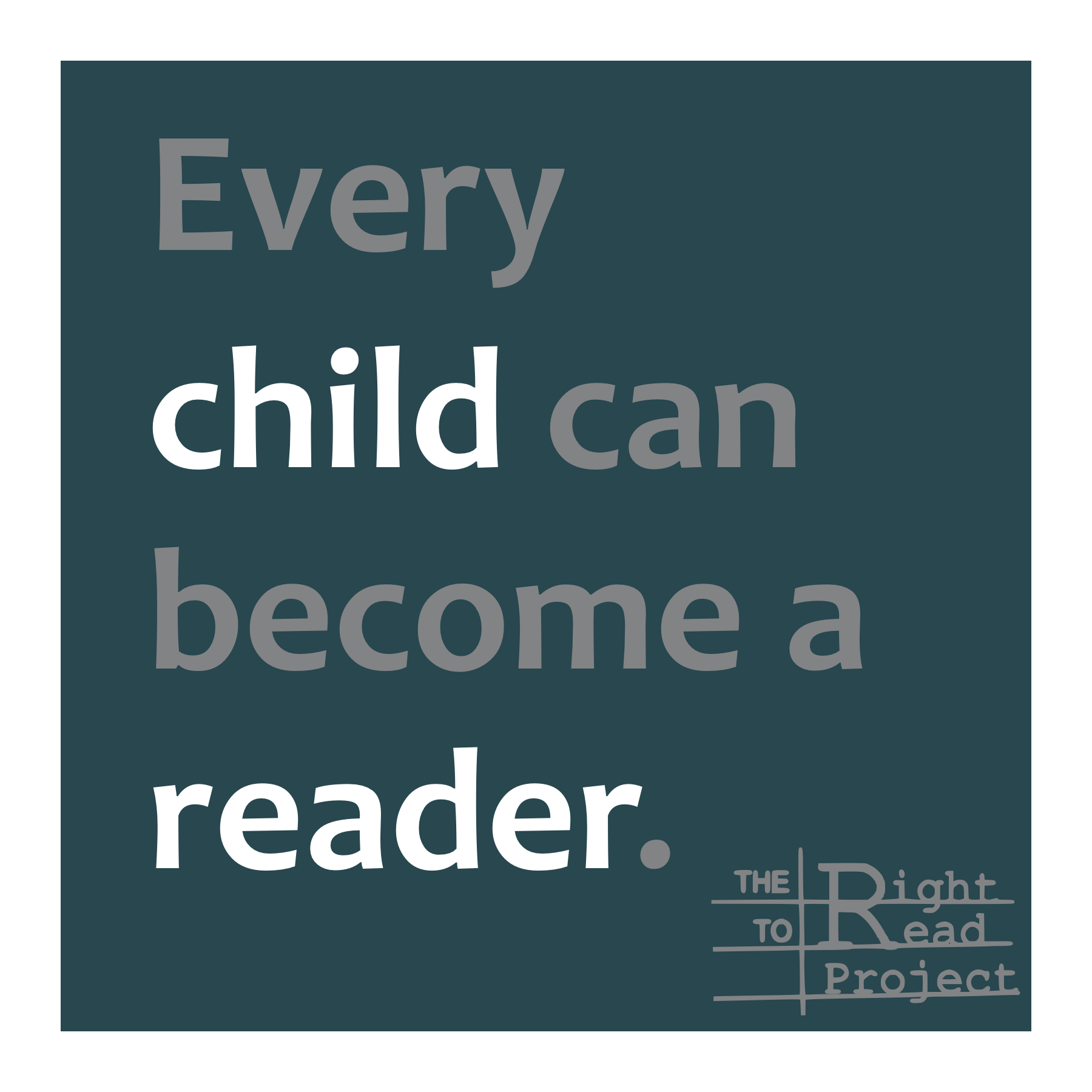Decoding x Language Comprehension = Reading Comprehension
The Simple View of Reading is helping us rebalance instruction in my Balanced Literacy school district. For a while, “balance” meant whole-language reading instruction with 20 minutes of word study, even in kindergarten and first grade, so students were not developing the foundational skills necessary for reading. Many students appeared to be on track in the primary grades when they recited simple leveled-texts, but as the scaffolds of predictable language and pictures fell away, they struggled. Gough and Tunmer’s formula helped us to push past a common misconception about our reading data. We had thought, “Students read leveled texts well in the primary grades but later they plateau, so reading comprehension in the upper grades must be the problem.” How wrong we were!
Once we understood reading as the product of skilled decoding and strong language comprehension, we were able to see that strengthening instruction in the primary grades could help alleviate our upper-grade reading comprehension problem. If primary grade students learn to effortlessly decode and to discuss rich texts read aloud to them, they will later be able to apply their decoding and language comprehension skills to read upper-grade texts with purpose and understanding.
Here’s what we discussed in our professional development that led to our “aha!”:
D= Decoding or word recognition
LC = Language comprehension
RC = Reading comprehension
A student with strong decoding and good oral language would be represented by the formula as:
1D x 1LC = __ RC The resulting product is 1RC, or full reading comprehension.
Simple enough, but the instructional implications are huge because no amount of decoding can compensate for poor language ability and vice versa.
1D x ½ LC = ½ Reading Comprehension
Students matching this description are sometimes called “word-callers.”
½ D x 1 LC = ½ Reading Comprehension
These students may seem to read well from simple texts and they can talk up a storm after a good read aloud, but when it comes to books in which they can’t predict words based on obvious sentence structure or from the first or last letters, they flounder.
And students who struggle in both decoding and language comprehension?
½ D x ½ LC = ¼ Reading Comprehension
This is the most common profile of struggling readers because of the Matthew Effect; “the rich get richer and the poor get poorer.”
“The older [struggling reader] has not practiced reading and avoids reading because reading is taxing, slow, and frustrating. Therein lies the most challenging aspect of teaching older students: they cannot read so they do not like to read; reading is labored and unsatisfying so they have little reading experience; and, because they have not read much, they are not familiar with the vocabulary, sentence structure, text organization and concepts of academic ‘book’ language. Over time, their comprehension skills decline because they do not read…”
“When Older Kids Can’t Read” Dr. Louisa Moats
The reverse is also true; young readers are thrilled when they learn to turn letters on the page into speech sounds and words. With that thrill comes a willingness to practice and, eventually, skill develops and their reading begins to sound like speaking. Eventually students read silently in their heads, learning new words and concepts through their books. For primary grade teachers, separately targeting the two factors of reading- decoding and language- allows us to deliver stronger instruction in each and to see more student growth.








